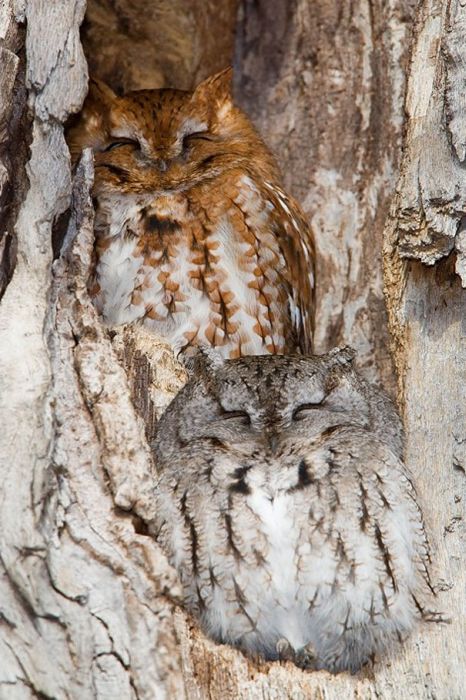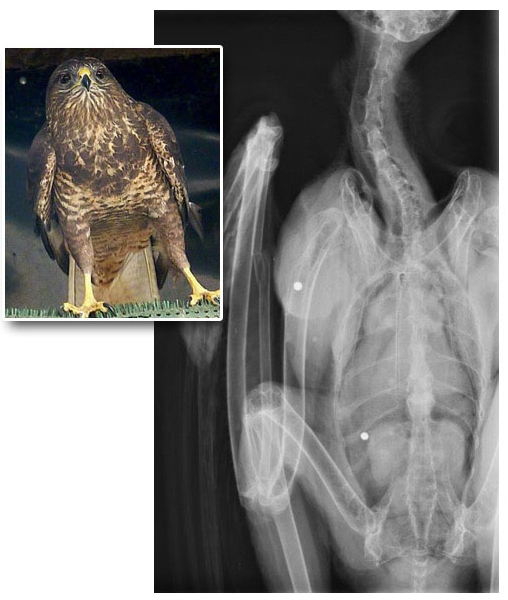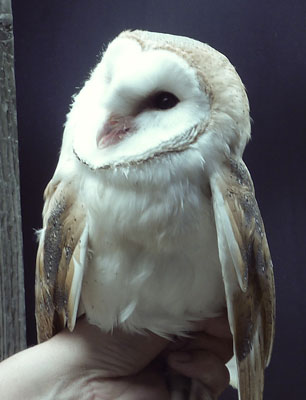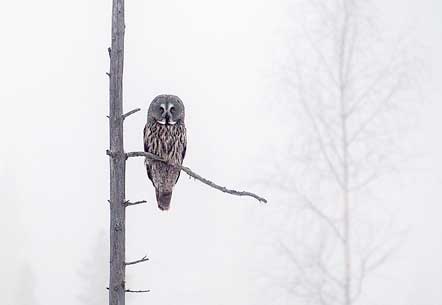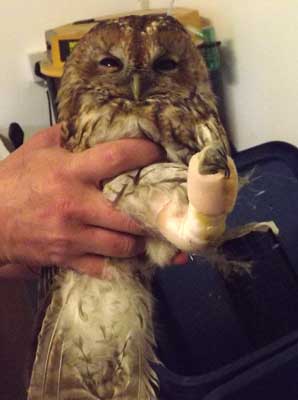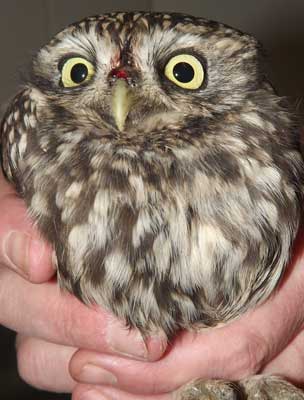We have had another busy week here in the S.O.S. raptor hospital, with one of the owls a very unexpected visitor!
It's rare that we see (and certainly receive into our care) a wild Long Eared Owl but such was the case when just recently, one was brought into us all the way from way over of the coast at Sizewell, home of the infamous power station. We suspect caught out by the cold snap and late covering of snow of the last few weeks, it arrived in a very weakened, extremely hungry and obviously exhausted state when it came to us. But after a spell in our warm treatment room followed by a few days of regular food, the little chap was as good as new and we'll be taking him back to home ground for release very shortly.
Fit for the off! After a few days good food this once-emaciated visitor was ready to go back to the wild
As with all releases of birds back to wild it's preferable that, where possible, they are turned loose in proximity to where they were found, firstly because they are likely to have an established and recognisable territory there, and secondly they could have a partner in situ - many's the time when at the point of releasing birds, we have been surprised by the appearance of another bird then able to rejoin its mate. I have to say, it's a joy to behold knowing we have effectively released a bird back to its family.

























